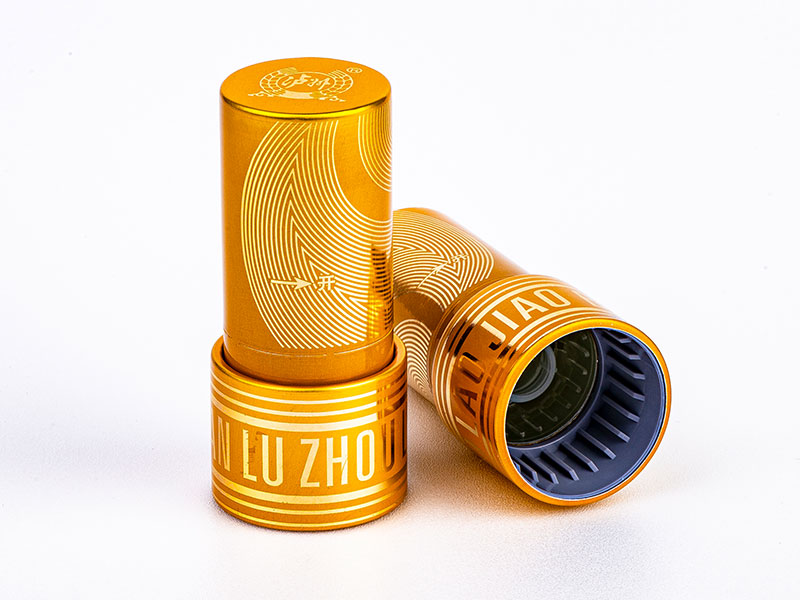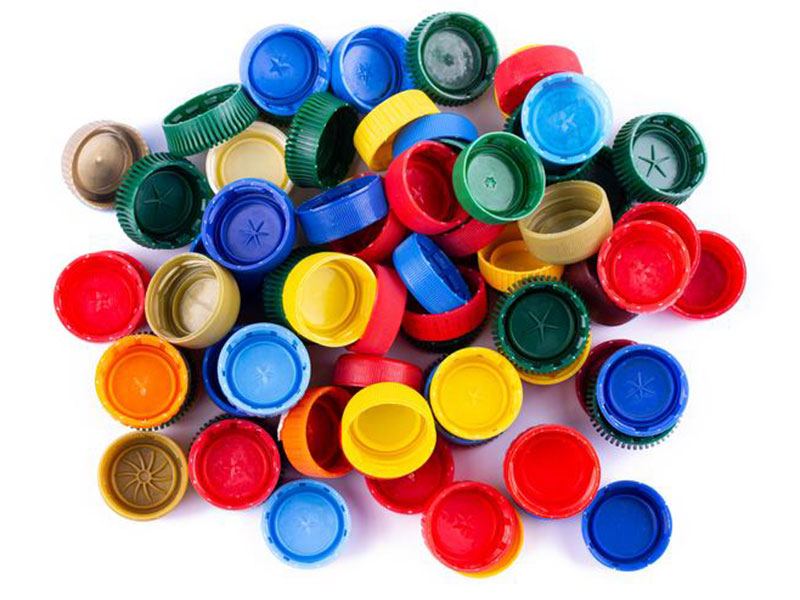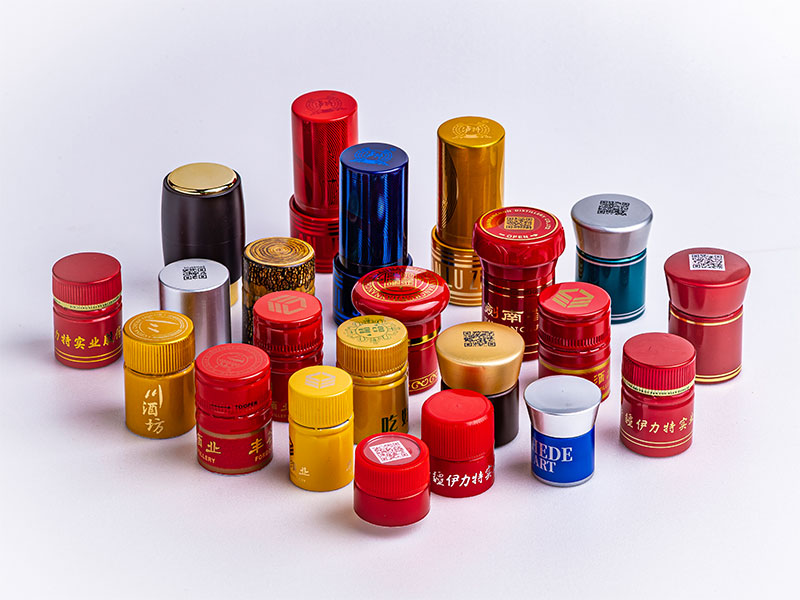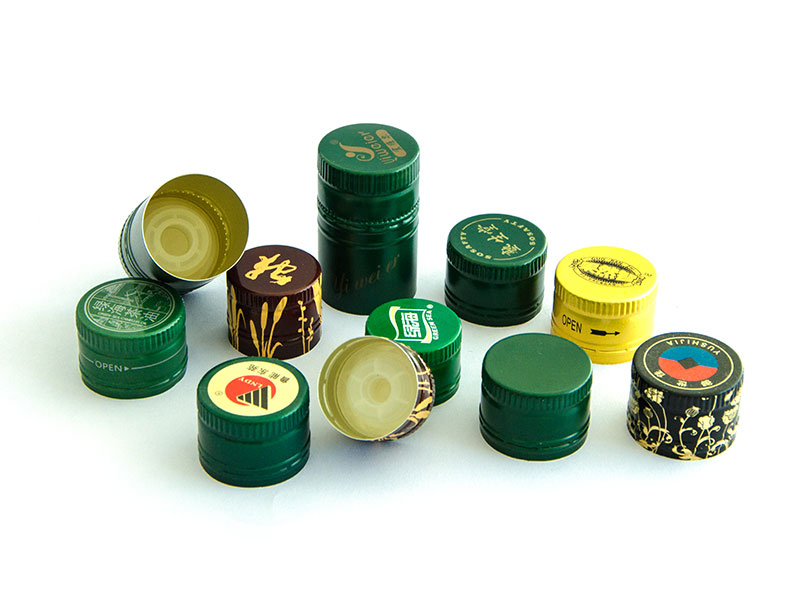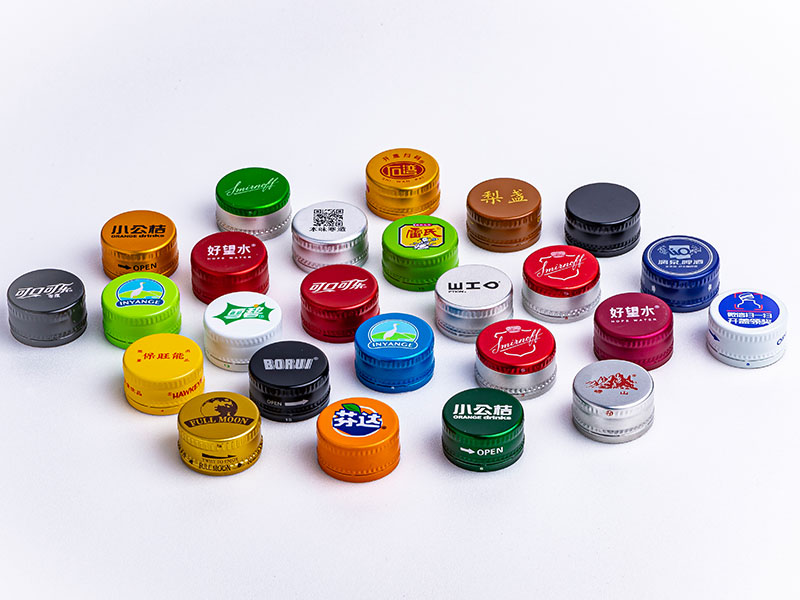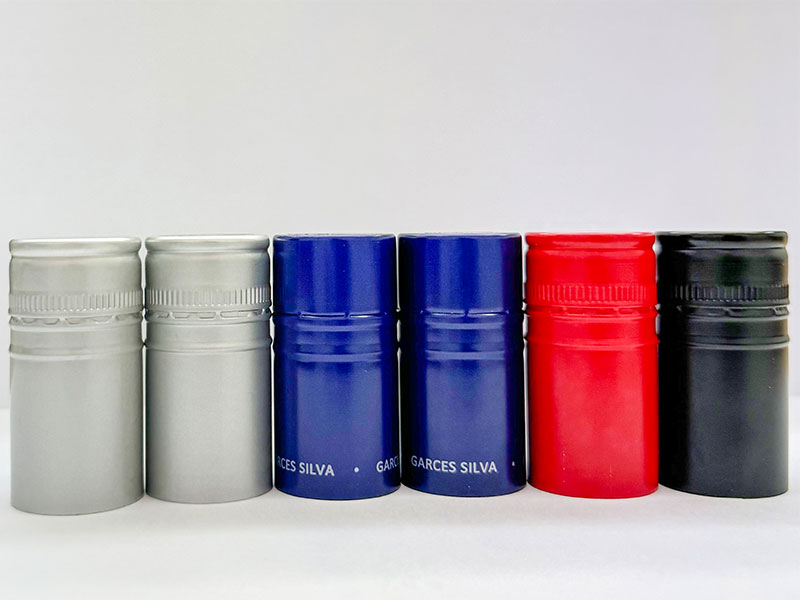Aluminum Bottle Closures for Soda with Twist Off and Re Seal Capabilities
In the vibrant world of beverage packaging, aluminum bottle closures have emerged as an ingeniously engineered solution that merges practicality, consumer experience, and sustainability. As soda brands strive to captivate customers with freshness, convenience, and eco-conscious choices, the aluminum twist-off and re-seal cap stands uniquely poised to meet these demands.
Aluminum as a Superior Closure Material
Aluminum’s rise as a material of choice in bottle closures is not by chance. Its intrinsic properties give it competitive advantages that cater specifically to soda packaging:
The development of aluminum bottle closures with twist-off and reseal capabilities for soda presents a fascinating engineering challenge. From a technician's perspective, achieving a reliable reseal after the initial twist-off is paramount. We've seen numerous iterations, from simple, slightly deformable lids that rely on friction to more sophisticated designs incorporating internal gaskets or elastomeric seals. The performance indicator is consistent hermetic sealing – preventing leakage and preserving carbonation. Manufacturing tolerances are incredibly tight; even minor inconsistencies in the aluminum alloy composition, lid thickness, or the sealing mechanism's geometry can dramatically impact resealability. This necessitates rigorous quality control measures throughout the production process, including precise die-casting and careful inspection for burrs, imperfections, or inconsistencies in the final product. We've found that optimizing the interaction between the lid's sealing surface and the bottle's neck finish is critical for long-term reliability.
Beyond the technical challenges of manufacturing, the consumer experience is crucial. The ideal twist-off and reseal cap must offer ease of opening and closing for a wide range of user strengths and dexterity levels. We've learned that too much resistance during opening or closing can lead to user frustration and product returns. Conversely, a cap that's too easy to open can compromise the seal. Balancing these competing demands requires meticulous design and testing, often involving consumer feedback and focus groups. The material science aspect is also relevant;
Corrosion Resistance: Aluminum alloys resist the acidic nature of carbonated beverages, preventing cap deterioration that can compromise flavor and safety.
Lightweight yet Strong: Delivering dependable sealing strength without adding bulk, these lightweight closures favor logistics and reduce carbon footprint across supply chains.
Recyclability: Aluminum closes the loop in circular economy practices. It’s 100% recyclable endless times without loss of quality, addressing modern sustainability goals.
Alloy Selection and Tempering for Optimal Performance
The manufacturing of aluminum closures for carbonated soft drinks typically involves specialized aluminum alloys such as AA3004 or AA3105, which are known for excellent formability and corrosion resistance.
Typical Alloy Chemical Composition (%):
| Element | AA3004 | AA3105 |
|---|---|---|
| Aluminum (Al) | 96-98.5 | 97-99.5 |
| Manganese (Mn) | 1.0–1.5 | ≤0.5 |
| Magnesium (Mg) | 0.8–1.3 | ≤0.2 |
| Iron (Fe) | ≤0.7 | ≤0.7 |
| Silicon (Si) | ≤0.3 | ≤0.3 |
| Copper (Cu) | ≤0.3 | ≤0.15 |
| Others | minor | minor |
Tempering
Soda bottle closures often utilize an H19 temper (strain-hardened and stabilized), striking an optimal balance between hardness and formability. This temper ensures the cap maintains integrity during twisting and resealing without cracking while providing the necessary elastic recovery to perform an effective airtight seal.
The Twist-Off Design: Engineering User-Friendly Access
Unlike traditional crown caps which require specialized tools for opening, the twist-off design provides immediate accessibility, enabling seamless consumer interaction. engineering points include:
Threading Precision: Internal or external threads are machined with high precision, matching the bottle neck threads to guarantee smooth engagement.
Ribbing and Grip Patterns: The closure surface is textured or ribbed to provide sufficient grip, making it easy for cold or wet hands to operate.
Seal Liner Integration: A synthetic liner, typically made of food-grade PVC or PE foam, is bonded inside the cap to form the primary hermetic seal preventing gas escape and contamination.
Re-Seal Capabilities: Freshness Held Captive
Carbonation retention beyond the first opening is imperative for many consumers who may consume the beverage over multiple sittings. The re-seal function essentially stems from two aspects:
Elastic Recovery of the Cap: Dialed through temper adjustment and alloy selection, it ensures the closure maintains consistent torque and spring-back force when screwed back on.
Liner Seal Resilience: Quality of liner material and bonding influences how well the gasket compresses uniformly. A good seal complies with closure torque variances while maintaining leak-tightness.
When these elements coalesce, consumers enjoy tangible freshness over hours or days post-opening—a feature elevating reusable bottle design beyond just novelty to functional necessity.
Implementation Standards and Quality Control
Producers of aluminum bottle caps for soda beverages follow internationally recognized standards to guarantee safety, performance, and compatibility:
ISO 9001: Quality management system ensuring repeatable and reliable manufacturing.
ASTM B209: Specification governing aluminum and aluminum-alloy sheet and plate materials applied as starting stock.
FDA Regulations: Compliance with food contact material directives for safe use.
Torque and Seal Testing: Performed using specific torque meters and vacuum leak detection equipment to adhere closely to accepted performance thresholds.
Using twist-off, re-seal aluminum closures reflects a brand’s commitment to reducing waste and enhancing customer experience. Aluminum’s lightweight quality also contributes to notable transportation fuel savings and reduced CO2 emissions compared to heavier closures.
Furthermore, options such as anodizing or printing on the closure surface unlock brand storytelling directly at the cap—the consumer’s direct point of contact—bridging marketing with sustainability and usability.



